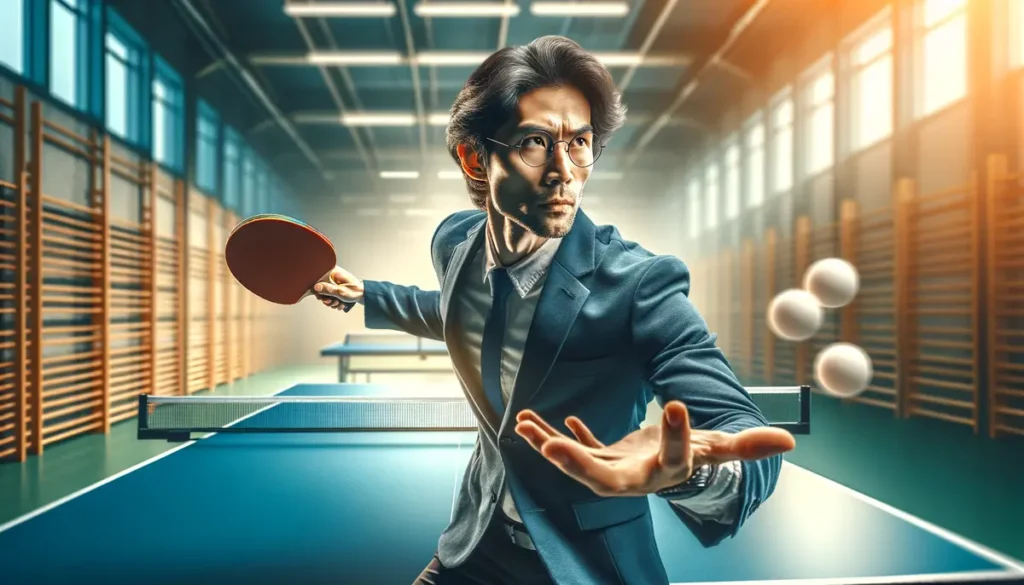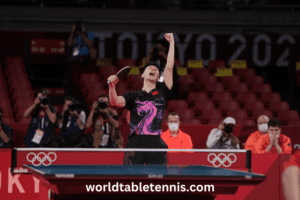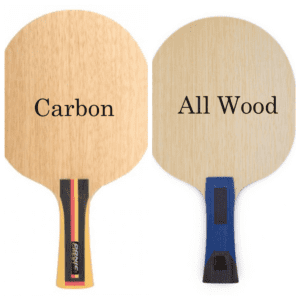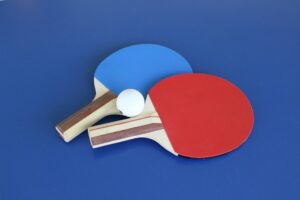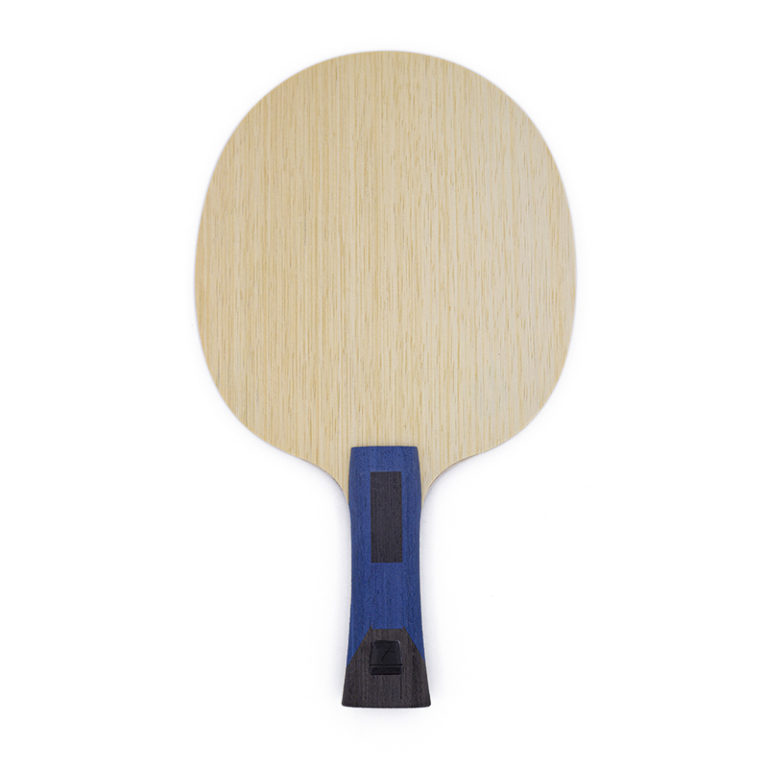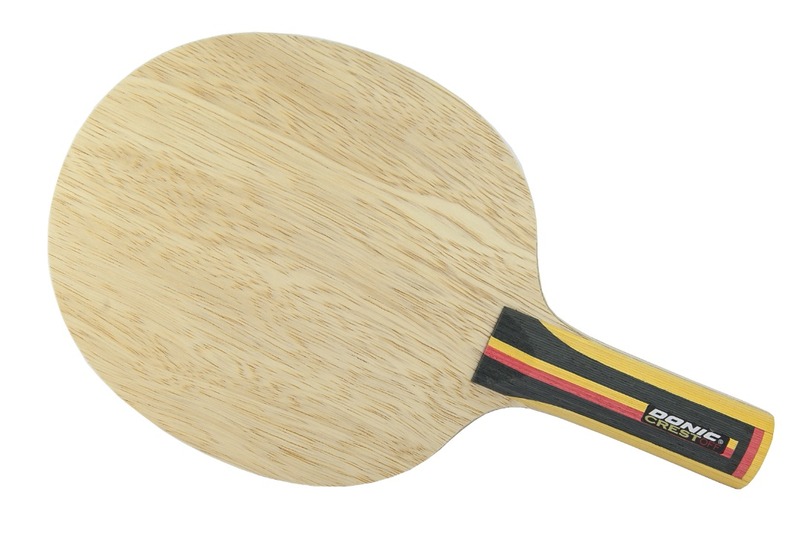Table of Contents
Introduction
Table tennis is known as chess in lightning speed. Chess players do not simply move chess pieces around simply because they feel like it or they want to, but they make their moves based on strategic thinking and tactics. If you want to improve your game and win more games more often, you also got to develop your strategic and tactical game. I’ve been reading a book about table tennis tactics called “Table Tennis Tactics for Thinkers by Larry Hodges” and there are a lot of hidden gems you can apply on the table and use it in your match. He stresses in his book is that he urges you to be a “thinker” (a player who plays tactically) to punish those who are “non-thinkers”, players who just play and don’t really think about tactics by outsmarting them with your tactics. In his book, he gives example after example of how he coached players who were down 2-0 or playing against higher ranked players and caused an upset or won back the match. This book teaches you everything you need to know about tactics.
What are tactics?
In any sport, there are zillions of possible tactics you may think of to use against your opponent . It can sound overwhelming and most likely we over complicate our tactics but tactical thinking doesn’t need to be complex strategies to defeat your opponent but finding a few simple ones that work. The purpose of tactics is to mess up your opponents and how to find ways use your strengths while eliminating your opponents strengths and play against their weakness. For example, if you are faced against a strong looper, one tactic you can use against them is to attack them first, this takes away the looper’s strength and will most likely force him to block. Or if you are faced against a good blocker, one tactic you can use against them is letting them attack first. Most likely they will push the ball back since they want the opponent to attack first, this takes away the blocker’s strength.
Here are 5 tips that I find very helpful from the book Tennis Tactics for Thinkers by Larry Hodges:
1. Test out your opponent during the first game
During tournaments, it is very likely that you face an opponent for the very first time and you do not know anything about his playing style. strengths, and weaknesses. Given there are different playing styles out there, it is your job to determine your opponent’s playing style and find ways to play against that style. There are 2 ways to approach this. You can either feel your opponent out and see what your opponent can do and base your tactics on his abilities (“The Explorer). Or force your game on the opponent right from the start. (”The Dominator). The explorer uses all his shots to test the opponent (experimentation). All his serves, pushes, blocks, counter attacks, loops, and etc. And puts the ball all over the table to find which tactic wins him the most points. The disadvantage about this tactic is the risk of falling behind at the start to find the best tactics. In some cases, the explorer may find the best tactics too late in the game. Ideally, you must find ways to use your strength against your opponent’s weakness. The dominator uses his best shots right from the start. Potentially giving him a good start at the beginning. He uses his best set ups and forces the opponent to adjust to his shots. The disadvantage about being a dominator right from the beginning is that your opponent may adjust against your best shots and find ways to play against your best shots. This also means that the dominator hasn’t tried to find the best tactics against his opponents early in the match due to the lack of flexibility. He may have not experimented on his opponent’s strengths and weaknesses with what work or not because he was to fixated with one playing style, his best playing style. Whichever one your are, you need some of both. You need to play at your best and at the same time make tactical adjustments as nessecary as the game progresses.
2. Know when to think tactically
Have you ever been in a situation where you overthink about tactics during a match and you end up freezing up with uncertainty (also known as choking). It is because you are thinking at the wrong time. Don’t think during points. Think in-between points and then let your subconscious take over. If you are vigorously thinking about what to do next, you are taking it too far. You need to calm down and KEEP IT SIMPLE. Don’t overdo your tactics and only choose the best ones. You will find yourself having a clearer mind. You need to have a clear mind in order to execute your shots effectively. A clouded mind will result to stiffened shots. As the point begins, let your subconscious take over and trust in your system. This also means to say that you are proficient with your strokes, and you have practiced them for many hours which become reflexes. You should be objective and unemotional executing your tactics. Once you know what you are doing in a match, you don’t need to think too much, but trust and execute your tactics and prepare to rethink your tactics if necessary.
3. Have as many tools in your toolbox
Strategic thinking is how you develop the tool you will use tactically. If you don’t have the proper tools, you can’t get the job done. You can’t hammer down a nail using a screw driver, it’s not the right tool. For example, you are facing an opponent who likes to serve short and loop. You keep on getting attacked first because all you know is how to push long. This is not the right tool for this situation. You either need to push short or flick the ball to his weak side to disarm his forehand loop. The problem is, you don’t know how to push short or place your flick effectively. That is why you need to have as many tools in your tool box. Another problem I face before is dealing with choppers, I am fond of flat driving but flat driving is the wrong tool to use against choppers, and at that time I haven’t got a consistent loop, I didn’t have the necessary tool for that match and lost. Now I have developed a good loop, I can now defeat that chopper more effectively than before. Let’s put you in a situation wherein this is your first tournament, you are a very good at serving short and looping and you are faced with a very consistent pusher and blocker. The pusher effectively pushes your ball around and you commit more errors because of his consistent pushing and blocks all of your loops back. In this scenario, serving short is not the right tool, try serving a long topspin ball to your opponent and see if he can effectively push your serve back now. Remember that every opponent and scenario is different and what may work in your previous match may not work in your upcoming match. Remember to sift through your tool box and use the right tools for every match. That is why it is important to have as many tools in your toolbox as much as possible.
4. Vary the pace and spins of your shots
In order to make your opponent guess and hinder him from predicting your shots more often, you should vary the pace and spins of your shots. If you have very uniform shots in terms of speed and spin, chances are your opponent would adapt to your shots and use it against you. This can be solved by varying your shots. You may loop the ball with strong topspin 3 times in a row. Most likely the opponent would expect another spinny ball but suddenly you looped the ball with with less or no spin and see how your opponent will most likely drop the blocks to the net. Another example is serving 3 short balls then suddenly serve a long ball when your opponent least expects it. The next time around he will have a harder time guessing what you will serve if you vary your shots. Another tactic you can apply is moving your opponent in and out the table. Other than moving your opponent from left to right, why not moving them left to right and in and out the table to make things a whole lot harder for your opponent. What I mean by this is placing the ball long then suddenly dropping it short on the table. You can watch the match of Sun Yingsha vs Ayhika Mukherjee wherein Ayhika gave Sun a hard time and actually beat Sun Yingsha because she moved Sun in and out from the table from time to time. Ayhika would block Sun Yingsha’s loop close to the table forcing Sun to push or give a weak return setting up for Ayhika to attack the ball. This is harder to do for player with inverted rubbers in both sides but much easier players using pimples and anti spin rubbers to execute. I personally use this tactic a lot since I don’t like doing top spin rallies and it is really effective in setting up the ball in my favor.
5. Have a surprise at the end
Let’s imagine you having a tight match and it is the decision game and the score is up 10-10. It’s your serve and the entire match would depend how you would serve for the next point. What should you do? Hypothetically speaking, your opponent has adjusted to all your serves and shots, you must have some sort of surprise at the end. May it be a serve your opponent has a difficulty handling or a set up that is sure to win you a point. Of course, you need to sift out which serves work and don’t. Let’s say you find a serve that gives your opponent the hardest time. Don’t use that serve over and over again because your opponent may adapt to your serve but rather cycle all your serves and give him your “surprise” at the end to catch him off guard. If you keep using your best serves over and over again, your opponent would quickly adjust to it and it loses it’s effectivity. The solution is cycle your serves.
Conclusion
The book talked a lot about different strategies and tactics that are very useful to your game. What I’ve got from the book is that there are millions of possible strategies for every playing style but you don’t really need complex tactics to have a better game. You just need a few simple tactics that work for that specific game. The primary goal of the book was to develop the habit of thinking tactically and strategically. The author ended the book by asking “Did I made you think?”. I has certainly made me think and I hope this short summary also made you think.
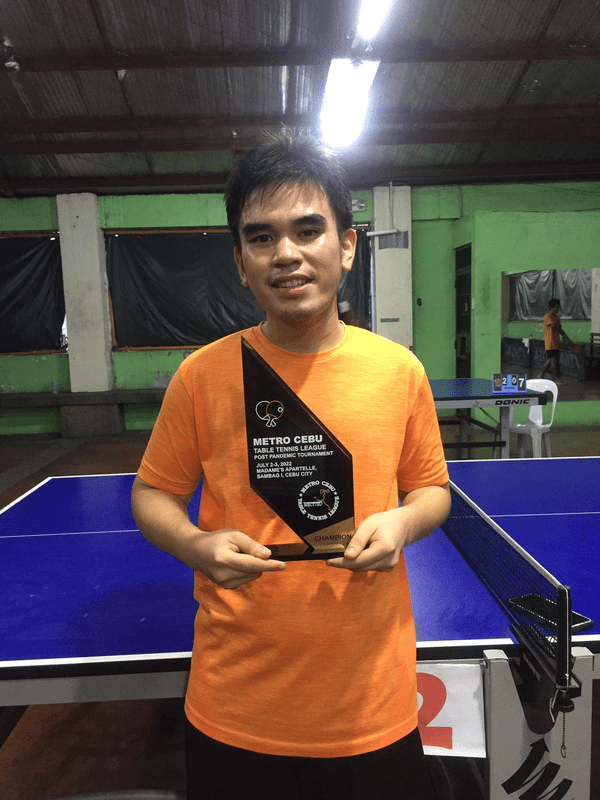
About the Author: Grant is a certified table tennis enthusiast who regularly plays at the Metro Cebu Table tennis league. He uses inverted rubber on his forehand side and medium pimples on his backhand side. His playing style is counter-attacking slow spinny loop balls with his forehand drive and backhand punching with his backhand using medium pips rubber. His goal is to play table tennis for health reasons and wants to inspire anyone who wants to learn the sport that anything is possible as long as you put your heart into it.
